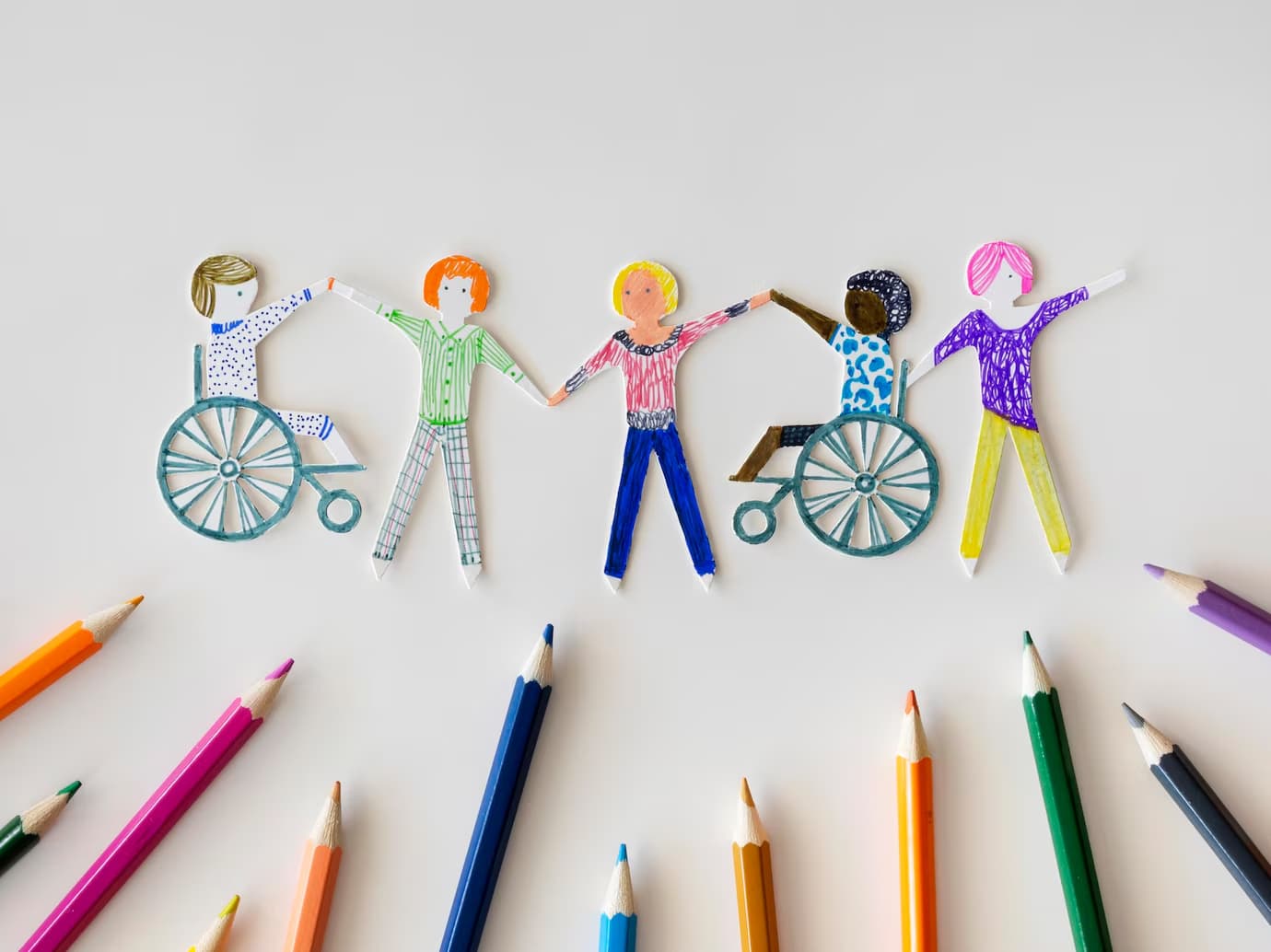
What Schools Can Do to Teach Real Inclusion
Despite increasing dialogue about inclusion in education, the actual implementation of inclusive practices often falls short of meaningful change. Real inclusion is more than simply placing diverse students in the same room; it is about actively creating a learning environment where every student—regardless of ability, identity, race, or background—feels respected, supported, and genuinely seen. So, how can schools move beyond the checklist and start teaching real inclusion?
Rethinking Curriculum and Representation
A truly inclusive school starts with what is taught—and how. The curriculum must reflect a wide range of voices and histories. If students only read about white European authors or study history through a colonial lens, large portions of the student body are silently excluded. Schools should expand their content to reflect racial, cultural, gender, and ability-based diversity.
Representation should also go beyond the textbooks. Classroom visuals, posters, literature, and even math problems can be designed to reflect a broad spectrum of identities. Students need to see themselves and each other in what they learn. Inclusion here means validation.
Moreover, student voices should influence curriculum development. By integrating student-led initiatives and co-creating content, schools reinforce a sense of ownership and relevance in learning.
Inclusive Teaching Practices and Language
Inclusive teaching doesn’t mean lowering standards or avoiding complex conversations. It means adjusting methods to accommodate different learning styles and identities. Teachers who use flexible seating, multiple modes of assessment, and differentiated instruction make space for more students to thrive.
The language used in the classroom matters just as much. Inclusive schools discourage microaggressions and casual biases by teaching students and staff to use respectful, affirming language. It also involves addressing missteps when they occur—not to punish, but to build awareness and empathy.
Additionally, schools should incorporate social-emotional learning that centers inclusion as a life skill—not just an academic topic—helping students develop cultural sensitivity and empathy from a young age.
Staff Representation and Leadership Equity
Real inclusion cannot thrive if school leadership and staff do not reflect the student body. Hiring practices should aim for diversity across roles: teachers, counselors, administrators, and aides. Representation among adults not only improves cultural competence but also sends a powerful message to students from marginalized backgrounds: you belong here.
Professional development must also move beyond one-off diversity training. Schools should invest in long-term growth around equity, cultural responsiveness, trauma-informed practices, and anti-racism. This includes mentorship programs for underrepresented educators and pipelines into leadership roles.
When educators feel empowered and supported in inclusive practices, that sense of purpose and understanding gets passed on to students, enriching the classroom environment for all.
Building a Culture of Belonging

Inclusion is not just about instruction—it’s about relationships. A student who doesn’t feel emotionally safe or respected by peers is unlikely to engage fully, regardless of curriculum quality. Schools must create structures where every student feels that they matter.
Here’s what helps foster that sense of belonging:
- Daily check-ins that center student voice
- Affinity groups for marginalized students
- Peer mentoring and buddy systems
- Conflict resolution strategies rooted in restorative justice
- Celebrations of diverse cultures, languages, and holidays
None of these strategies work in isolation. Inclusion is a whole-school effort, not a job for one counselor or a lone “diversity officer.”
Informal moments—greetings in the hallway, recognition in assemblies, inclusive games at recess—also contribute to the emotional climate. Belonging is built moment by moment.
Policy and Accountability
Policy drives culture. If inclusion is a value, it must be codified in school rules, dress codes, discipline procedures, and admissions processes. Are policies equitable? Do they apply fairly to all students? Are there hidden biases that disproportionately punish students of color, disabled students, or LGBTQ+ youth?
Data should be disaggregated and used honestly: Who’s being suspended? Who’s getting placed in honors tracks? Who has access to extracurricular opportunities? Real inclusion means asking hard questions and acting on the answers.
Transparency and regular review are key. Policies should be living documents, responsive to feedback from students, staff, and families.
Including Families and Communities
A truly inclusive school recognizes that students don’t learn in isolation. Families and communities bring rich cultural perspectives and lived knowledge that must be part of the educational experience. Schools should:
- Offer translation services and multilingual materials
- Host regular listening sessions with parents from marginalized backgrounds
- Collaborate with local community organizations
- Welcome feedback and critiques as opportunities for improvement
Inclusion must reach beyond the school walls to be authentic.
Home visits, community forums, and family storytelling events can deepen connections and affirm the cultural wealth families offer. When parents are partners—not just spectators—in education, inclusion becomes a shared mission.
Final Thoughts
Teaching real inclusion means transforming every layer of school life—from pedagogy to policy, relationships to representation. It’s not easy work, but it’s essential. Inclusion done well doesn’t just benefit marginalized students—it enriches the entire learning community.
When schools commit to equity not as a trend, but as a principle, they build a foundation where all learners can thrive. Inclusion isn’t a box to check. It’s a culture to live. And when it’s done right, that culture radiates far beyond the classroom—shaping more just, empathetic, and vibrant communities.